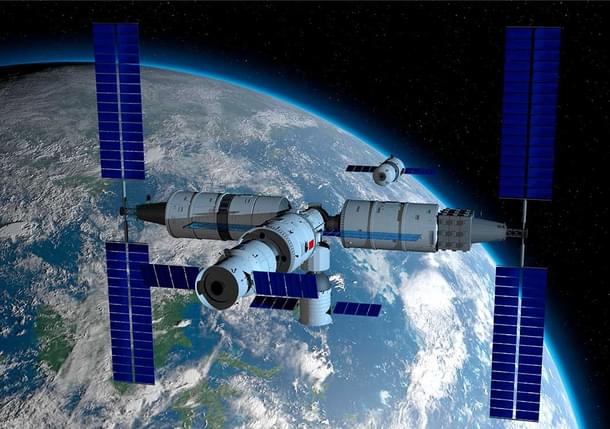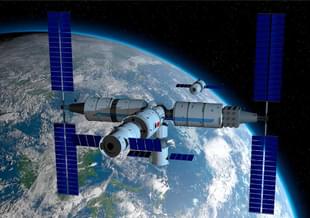News Brief
China Starts Building Space Station With Launch Of First Core Module, Plans To Complete It By The End Of 2022
Swarajya Staff
Apr 29, 2021, 02:32 PM | Updated 02:32 PM IST
Save & read from anywhere!
Bookmark stories for easy access on any device or the Swarajya app.


China took the first step towards realising its ambitious plan of having a permanent human presence in space on Thursday (29 April) with the launch of the first module of its Tiangong Space Station, which it plans to fully operationalise by 2022.
The 18-metre-long module, called Tianhe, or ‘heavenly palace’, was sent into near-Earth orbit aboard China’s heavy-duty Long March 5 rocket.
The rocket blasted off at 11.23 am local time from Wenchang in China’s Hainan province, and minutes later, the fairing opened, exposing the module with the Chinese characters for ‘China Manned Space’ emblazoned on its exterior, as if announcing the Chinese Communist Party’s long-term plans for space.
The Tianhe module, which is the core capsule or the central piece of China’s 90-metric-tonne T-shape space station, contains living quarters for crew members, and is capable of supporting three astronauts for up to six months.
With the launch of this module, the construction of China's space station is now underway at assembly line pace. Over the next 12 months, Beijing will launch 10 missions to take more parts to orbit and assemble them.
If all goes according to plan, two separate launches will send cargo and three astronauts to the core module in May and June respectively.
When complete, the Chinese space station will be a quarter of the size of the International Space Station, which is now 15 years old and showing signs of aging. When the International Space Station is deorbited by the end of this decade, China’s Tiangong could be the only space station left in Earth's orbit.
The Chinese space station will remain in the low-Earth orbit, around 400 to 450 kilometres above Earth, for 15 years.
China started laying the groundwork for the space station with the launch of the Tiangong-1 lab in September 2011. A second space lab, Tiangong-2, was launched by China’s space agency in September 2016.
The launch of the space station comes just months after the success of China’s Chang'e-5 lunar exploration mission, which returned to Earth with lunar dirt and gravel sample. In 2019, China had become the first country to land on the far side of the moon with its Chang'e-4 mission.
Next month, China’s Tianwen 1 spacecraft, which entered orbit around Mars in February after a seven-month interplanetary journey, will deploy a descent module — lander and rover — to attempt the country’s first landing on the Red Planet.





